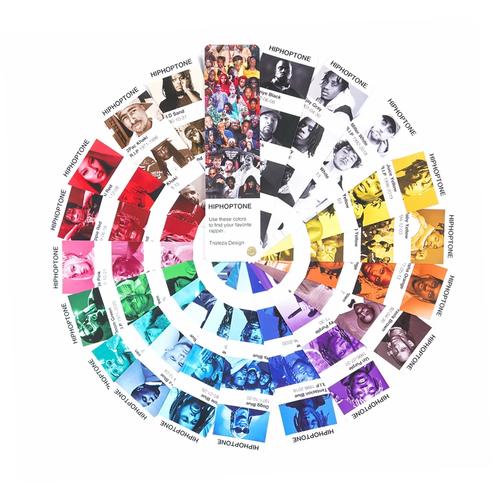Definition of Tone in Art: A Comprehensive Overview
Understanding the concept of tone in art is crucial for anyone seeking to delve deeper into the world of visual arts. Tone, in this context, refers to the lightness or darkness of a color, and it plays a pivotal role in shaping the mood and atmosphere of a piece. This article aims to provide you with a detailed and multi-dimensional introduction to the definition of tone in art.
Historical Perspective
The concept of tone has been integral to art since the dawn of human civilization. In ancient times, artists used various techniques to create tones, such as mixing pigments with different ratios of oil or water. Over the centuries, the definition of tone has evolved, and artists have employed various methods to achieve their desired effects.

Types of Tone
There are several types of tone in art, each with its unique characteristics:
-
Chiaroscuro: This technique involves the use of strong contrasts between light and dark to create depth and volume in a painting. It was famously used by artists like Caravaggio.
-
Value: Value refers to the lightness or darkness of a color, and it is a crucial element in creating the illusion of three-dimensional space on a two-dimensional surface.
-
Temperature: Tone can also be categorized based on its temperature, which ranges from warm (reds, oranges, and yellows) to cool (blues, greens, and purples). The temperature of a tone can affect the mood and atmosphere of a piece.

-
Texture: Texture can also contribute to the tone of a piece, as rough textures can create a sense of darkness, while smooth textures can evoke a sense of lightness.
Techniques for Achieving Tone
Artists employ various techniques to achieve the desired tone in their work:
-
Shading: Shading involves adding layers of paint to create a smooth transition between light and dark areas, thus enhancing the three-dimensional quality of a painting.
-
Glazing: Glazing is a technique where a thin, transparent layer of paint is applied over a dry layer to create a soft, luminous effect. This technique is often used to add depth and richness to a painting.
-
Scumbling: Scumbling involves applying a layer of paint over a dry layer, which creates a textured, muted appearance. This technique is often used to add depth and interest to a painting.
-
Underpainting: Underpainting is a technique where a base layer of paint is applied to a canvas before the final layers are added. This base layer can be in a single tone or a series of tones, and it helps to unify the overall composition.
Table: Common Techniques for Achieving Tone
| Technique | Description |
|---|---|
| Shading | Adding layers of paint to create a smooth transition between light and dark areas. |
| Glazing | Applying a thin, transparent layer of paint over a dry layer to create a soft, luminous effect. |
| Scumbling | Applying a layer of paint over a dry layer, which creates a textured, muted appearance. |
| Underpainting | Applying a base layer of paint to a canvas before the final layers are added. |
Emotional Impact of Tone
The emotional impact of tone in art is significant. For instance, a painting with predominantly dark tones can evoke a sense of melancholy or introspection, while a painting with light tones can evoke a sense of joy or optimism. Artists often use tone to convey their intended message or evoke a specific emotional response from the viewer.
Conclusion
Understanding the definition of tone in art is essential for anyone interested in the visual arts. By exploring the various types of tone, techniques for achieving tone, and the emotional impact of tone, you can gain a deeper appreciation for the art you encounter. Whether you are an artist or simply an art enthusiast, this









